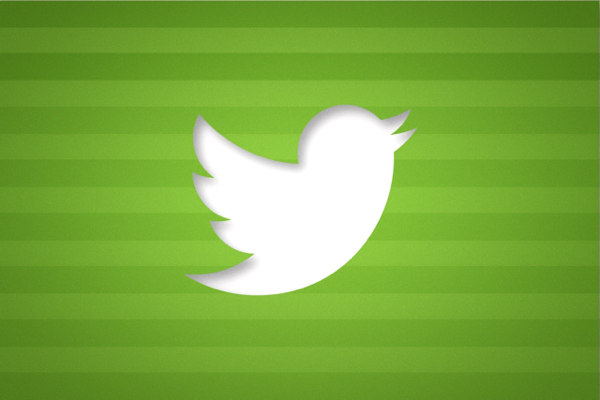When the exodus from Twitter first started last year, many tech-savvy people were moving to Mastodon and I wondered if brands would move their accounts to self hosted instances. After all, from a branding standpoint, @offical@starbucks.com is better than @starbucks@mastodon.social. At the end of that post, I posited that someone would come along with a service that handled the fediverse complexity for companies.
That service is Threads.
Lots of people have asked why Meta was interested in providing ActivityPub support. I honestly think part of the story is so Meta can tell brands – their advertisers – that they can just publish on Threads and it will eventually be accessible on any other non-Twitter platform. Of course, they’ve still got to deliver on that promise… right now Threads doesn’t have ActivityPub support.
So far, branded accounts have flocked to Threads. If @BRAND-NAME@threads.com becomes the default for official branded social content, Meta benefits....


